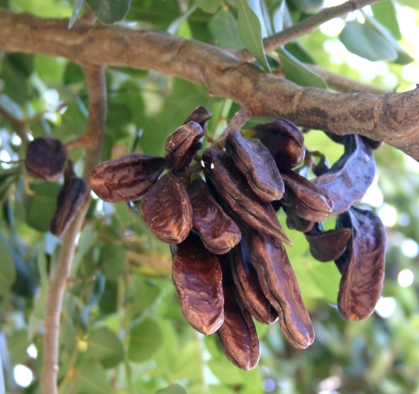The following recipe for globe artichoke soup is delicious. The recipe provides enough to serve 4 and the soup is wonderfully rich, smooth, and creamy.
Hearts from 3-5 globe artichokes depending on size
Olive oil for frying
2 medium sized onions, finely chopped
3 cloves of garlic, finely chopped
1 medium sized potato, peeled and diced
4 cups of vegetable stock
A bay leaf, thyme and parsley
Black pepper and salt to taste
1/4 of a cup of milk
Method
Firstly, prepare your artichokes. Squeeze half a lemon into a large bowl of water. You will be dropping trimmed globe artichokes into this bowl to stop them from oxidising and turning brown.
Start by snapping off the artichoke leaves until you get to the fresher leaves which just pull off.
Take care when you get to the pinkish centre of the artichoke leaves, as they have sharp spines. Pull them out.
Take a knife and dig out the fuzzy choke. You will want to slice off the narrowest layer of the heart to get out all of the choke but do not cut away too much of the delicious heart.
Once the choke is out, slice off all but the last inch or so of the stem. Trim the hard green exterior of the rest of the heart. Cut away from you as you rotate the artichoke, slicing off just the hard green part and leaving the light green underneath.
To finish, slice the outside layer off the stem. Drop the heart into the bowl of water and go on to the next one.
Once all the artichokes are ready, cut them lengthwise, slice and chop.
In a large pot, add the olive oil and cook the artichoke hearts, chopped onions and chopped garlic on a medium heat until tender but not brown. Add the potatoes, stock and milk.
Add the bay leaf, thyme, parley and salt and pepper to taste to the pot. Increase heat to boil and then let simmer for about 15-20 minutes.
Once slightly cooled, remove and discard the bay leaf and any herb stalks. Blend the soup, adding more salt and pepper if needed to taste.
Serve with a crusty roll.
Enjoy



